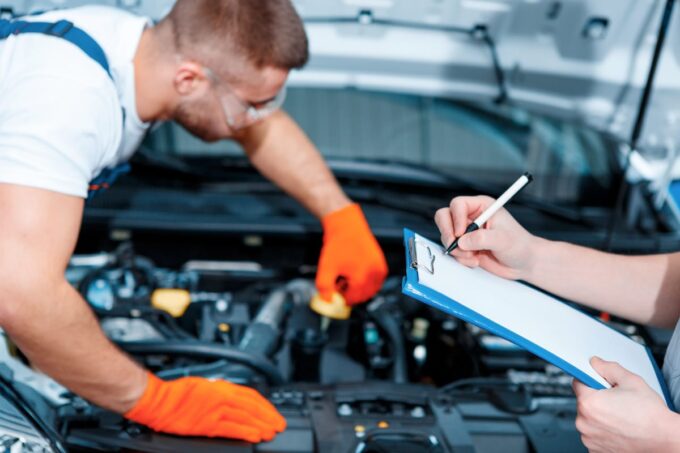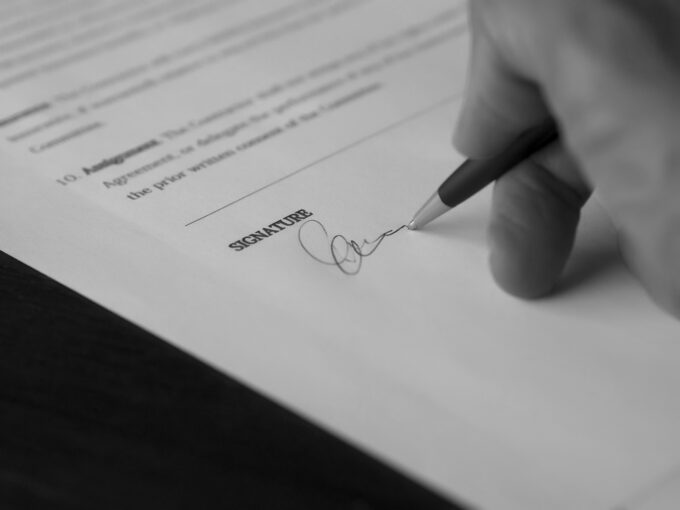The new car market has endured a particularly challenging few years, thanks to a combination of lockdowns and supply-chain issues. With many motorists finding themselves on a lengthy waiting list for a new car, or not able to secure a new car at all, demand for used cars has risen. In 2021, according to the Society for Motoring Manufacturers and Traders, UK used car transactions grew by around 11.5%, with around 7.5 million vehicles changing hands.
Over the last few years, used vehicles have tended to hold their value, thanks to the aforementioned challenges in the new car market. If you’re looking at selling your car, therefore, you might expect a sizeable return.
Let’s take a look at a few of the ways in which you might get the best possible deal, and generate the biggest possible return.
1. Consider Different Ways of Selling Your Car
Before you put your car on the market, you have to determine whether you want to sell your car for trading purposes or as a private car.
Different methods will give you different values while each method is associated with certain pros and cons. You can compare the advantages of different methods and trade-in and private party values.
2. Gather All the Necessary Documents

You have to collect all the necessary paperwork for your car to start the selling process. The documents that you need are the car title, service records, original sales paperwork, and vehicle history report. If you can show your car maintenance records that would help potential customers to know how you took care of the car.
Depending on the laws of your state, you may require to collect the DMV (Department of Motor Vehicles) documents. The buyers may ask you whether your car made any accident or not. The vehicle history report is helpful in that case.
3. Set the Right Price
Do your research before putting your car on the market. Make sure that you understand the going rate for a vehicle of this type and age, in the area you’re selling it. If you just make a guess, then you risk either undervaluing or overvaluing the asset you’re selling. To set the right selling price for your car, you can ask a mechanic.
The mechanic will carefully assess the engine and features of your car and provide an idea about the condition of your car. Then you can easily set the right selling price for your car. You can also use valuation tools or peruse local listings to identify the best price for your car.
4. Consider Service and MOT
If the car is in poor condition, then it will be less likely to sell. But even if it’s in good condition, it’s worth underlining the fact by taking it for a service – ideally, from a manufacturer-specific mechanic. So, if you have a Vauxhall, it’s a good idea to look for a Vauxhall service near you.

If the car hasn’t been MOTed, then this will need to be factored into the price – and it might deter potential buyers. Make sure, therefore, that you book the MOT before the car goes onto the market.
5. Find All of The Accessories
Cars come with a range of accessories designed to make life more convenient for the motorist. The most important of these, obviously, is the key – but you’ll also want to know where the manual, spare tire, and ice-scraper are.
If you can’t find these things, you might look into buying a replacement. Sometimes, you might find them online for not very much money.
6. Present the Product Well
When your buyers come to inspect and test-drive the car, they should come away with a positive impression. A layer of dust and grime on the dashboard, and dirt around the wheels, might leave a bad impression. The buyer might (understandably) conclude that you have neglected the vehicle.
Preparing your car for sale is an important step to getting a good selling price. If your car has a noisy exhaust pipe, a cracked windshield, or a broken door lock, you have to fix all these. If you leave your car as it is, you will get an extremely reduced cost.

When it comes to the interior of your car, you must remove all your personal items. You should shampoo the carpets and clean the seats, dashboard, and mirrors, or at least use shiny covers on the surface areas.
To maintain a decent exterior look, you have to repair the scratches, dings, and dents; remove the magnets and stickers; and replace the malfunctioning lights. Above all, you should inspect the brakes, tires, and windshield and fix or replace them if necessary.
7. Delete Your Personal Data
Many modern cars are effectively computers on wheels. When you pair your phone via Bluetooth, you might transmit all kinds of sensitive information. The contacts on your phone, your address, you’re driving history – it’s all logged. The way you delete your data will depend on the vehicle you’re driving. Check the manual for specific instructions.
8. Focus on Marketing Campaign
After preparing your car well for sale, you should pay attention to marketing. First, capture photos of the interior and exterior as well as the engine and odometer of your car. Your car’s photos must be clear, informative, and accurate. You should never hide anything. If there are any dents or scratches, you must include them in your photographs.
Now, to reach potential buyers, you have to post the listing on your social media accounts. You can also visit free websites or websites with nominal fees to get potential customers. If a buyer contacts you, you should reply to him or her immediately, otherwise they will move to other sellers. If your buyer wants test drives, you have to arrange that.
9. Finalize the Paperwork:

Finalizing the paperwork is the final and most important step. Once you accept the offer, you can sign over the title and sign other essential documents. Finally, you should ask the buyer to make the payment and state what payment option is suitable for you.
Follow these tips to have the best experience in selling your car. Above all, you have to be smart and take preventive measures.









